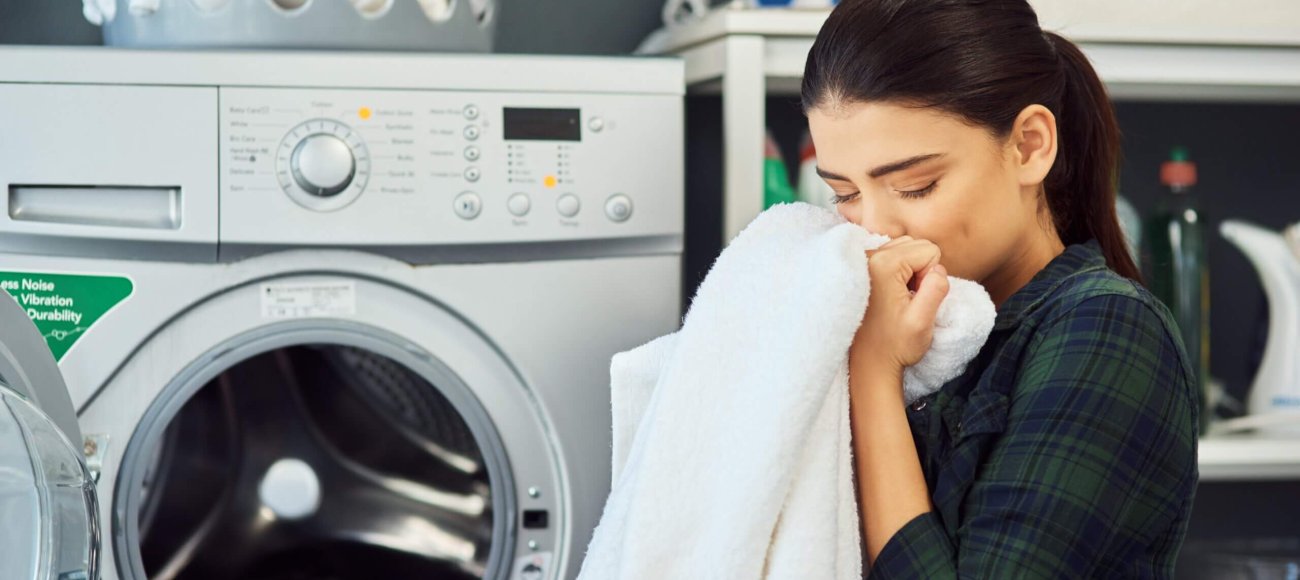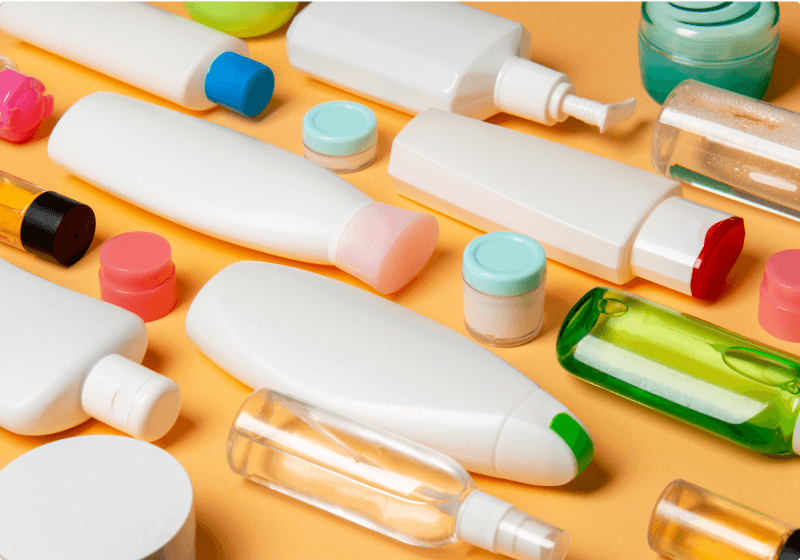The testing of odor in textiles is very essential for improving product quality and customer satisfaction. The standard for odor testing is the ISO17299-3 test method using gas chromatography. This article discusses the challenges in the ISO17299-3 test and some general problems with the test procedure and the practical solutions for these challenges.
Understanding ISO17299-3: Gas Chromatography Method
ISO17299-3 provides a methodical approach for determining the deodorant properties of textiles using gas chromatography. This standard is part of a wide series used in the determination of odor neutralization of textiles but is specific to ISO17299-3 in that it measures the level of concentration of the chemicals causing the odor.
The Scope and Principle
The standard is applicable to textile products, including woven fabric, knit, and non-woven, fibers and yarns, braiding products, tapes, and slings, and it also includes gas chromatography method that measures the concentration of odorous compounds in textiles, such as indole, isovaleric acid, nonenal, and acetic acid. This process will test the rate of reduction of these chemicals in the presence of a specimen of the textile over that of a control, set up without the textile.
Test Procedure
The test procedure is divided into two different methods within the standard—Method A and Method B.
Method A:
- Textile sample is enclosed in a sealed container.
- Odorous chemical is added at the bottom end, preventing direct contact with the textile.
- Provides insights into odor-neutralizing capabilities based on indirect interaction between chemical and textile.
Method B:
- Odorous chemical is added directly onto the textile specimen in a sealed container.
- Allows direct interaction between chemical and textile and provides insights on their interactions.
Challenges faced in implementation of ISO17299-3 odor test
Common challenges faced during the implementation of ISO 17299-3 are the technical, environmental, and procedural requirements of the standard.
Challenge 1: Handling of Chemicals Accurately
Chemicals that cause odors should be handled and prepared with the highest degree of exactness and homogeneity to ensure that such tests taken provide verifiable results.
Solutions:
- Standardization of Preparation Procedures: Providing intensive training for laboratory personnel on the standard procedures for chemical preparation as specified in ISO 17299-3.
- Improved Measuring Equipment: Use high-quality syringes and analytical balances for measuring chemical concentrations.
Challenge 2: Keeping Environmental Conditions Constant
The temperature and humidity of the laboratory have great influence on the results of gas chromatography.
Solutions:
- Controlled Environment: Laboratory conditions should be maintained during testing to ensure that conditions of testing are reproducible as suggested by ISO 17299-3.
- Regular calibration of equipment: Make sure that environmental monitoring equipment is calibrated regularly to provide accurate readings.
Challenge 3: Technical Expertise in Gas Chromatography
Only people who are technically qualified and familiar with the equipment and testing process should carry out gas chromatography.
Solutions:
- Gas Chromatography Specialized Training: Special training in gas chromatography helps lab technicians in the special requirements needed to perform testing following the ISO17299-3 test. This helps them to learn how to get the samples prepared, how to calibrate the equipment, and data understanding to get accurate results.
- Consulting with Experts: In case of complicated problems, consultation with a specialist in gas chromatography is advised, for insight on troubleshooting. They can offer valuable input and tips for problem-solving and making the test better.
Good Practices for Effective Implementation of ISO 17299-3 odor testing
To overcome these challenges and implement ISO 17299-3 effectively several good practices can be adopted.
1: Regular Testing – It is always good to carry out routine tests at the laboratory to ensure that the test procedure is accurate. This will help you to detect deviations from the standard, which otherwise can be rectified then and there.
2: Documentation and Record Keeping – Record data for all the tests conducted, including the batch number of the chemical and the environmental conditions prevailing during the conduct of each test. It is very important to check that uniformity is well maintained and any discrepancies in results can be troubleshooted.
3: Continuous Improvement – Review of technical and procedural testing aspects within the testing team on a regular basis to provide an opportunity for the culture of continuous improvement. Continual and periodic review of the procedures and the outcomes of testing is to establish any weak areas within the testing process.
Conclusion
Meeting the challenges of odor testing under ISO17299-3 would necessitate having a clear idea about the standard in practice, precise execution of the testing procedures, and proactive measures taken to solve problems. This would probably ensure accuracy and reliability for the results of odor in textile tests, hence increasing product quality and consumer satisfaction. This approach not only helps in detailed information but also in compliance with international standards, hence contributing to the creation of innovation and improvement in textile odor control technologies.
Why Choose Microbe Investigation (MIS)?
At Microbe Investigations, we excel in conducting comprehensive ISO17299-3 odor tests for textiles designed to combat odors from sweat, microbes, and impurities. Equipped with state-of-the-art gas chromatography technology, our lab ensures precise and reliable results. If you’re seeking expertise in textile odor testing and want to enhance product quality, contact us for detailed information and support.














